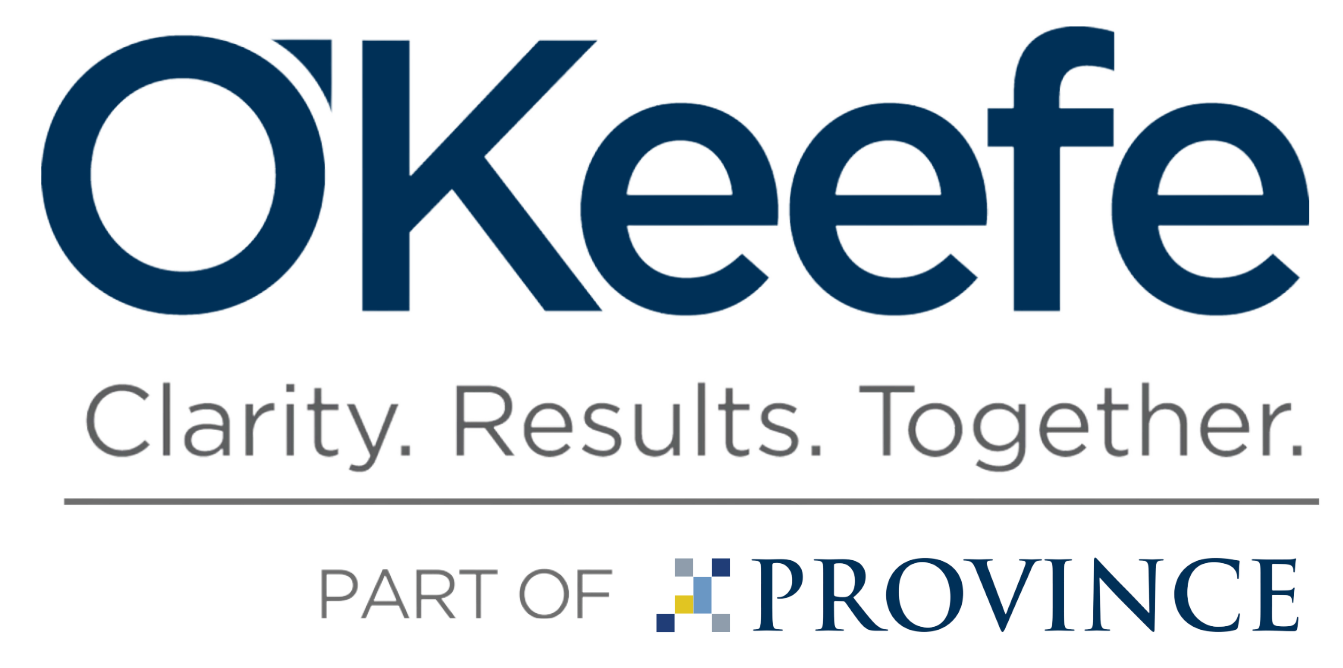Liquidating Trusts: Providing Maximum Recovery to Creditors
Liquidating trusts are used in various circumstances in and out of bankruptcy filings, including when an entity has assets that are difficult to liquidate, the creditors come to an agreement to liquidate the entity prior to a bankruptcy filing, the creditors have a claim against specific assets of the entity, the entity does not want to file bankruptcy, management of the entity does not possess the necessary skills to liquidate the assets, or management is able to continue operations during the liquidation process.
Liquidating trusts have three main requirements to retain trust status, including (1) the purpose of the trust being solely for liquidation; (2) the trust must have no objective of carrying on a business; and (3) the agreement must contain a fixed or determined end date, which is typically less than 5 years. With the proper structuring and execution of a liquidating trust, there are significant benefits to the debtor and creditors of the subject entity because they are often the cheapest and most efficient option.
In chapter 11 bankruptcies, a liquidating trust is usually created pursuant to a confirmed plan. The trustee is often appointed by the creditors’ committee and usually has a prior working history with the industry, assets, and process, in addition to possessing the trust of the committee. The advantages of conducting a liquidation pursuant to an already confirmed plan is the avoidance of costs associated with much of the judicial oversight, specifically related to the approval of professional fee applications. Rather than being hindered by the court’s approval and associated administrative costs, a steering committee of creditors approves the fee applications, ultimately providing a higher return to creditors.
Should a chapter 11 reorganization prove to be infeasible and not beneficial to the creditors, the case has the possibility of converting to a chapter 7. A chapter 7 liquidation process is very formal, has substantial bankruptcy court oversight and provides the U.S. Trustee’s office substantial control. In a chapter 7, the U.S. Trustee’s office typically selects the trustee to perform the liquidation. In rare instances, the creditors can overrule the trustee’s selection and pick a trustee they feel is better positioned to maximize their recovery. A chapter 7 trustee may be incentivized by easy-to-sell assets, for which they may not possess the skills to properly or effectively liquidate. In contrast, a liquidating trustee is an expert with specialized business skills that the creditors trust. Consequently, creditors may be willing to support a liquidating trustee with funds to properly liquidate the entity and its assets, for which they may be unwilling to do with an inexperienced chapter 7 trustee. There are few, if any, chapter 7 trustees that would seek or garner the support that may be provided to a qualified liquidating trustee.
The inefficiencies of chapter 7 liquidations are well documented. They generally take twice as long as a chapter 11 liquidation, cost more, and recover on average 95% less than a chapter 11 liquidation. The oversight and involvement of the bankruptcy court and U.S. Trustee’s office may be necessary in some rare cases where there is much uncertainty and distrust with the debtor, however, they are usually not the best option.
The key to providing the quickest and highest recovery to creditors in a liquidation is to hire a skilled trustee who possesses experience and skills within the industry and/or assets of the subject entity, has the support of the creditors, and can execute a clear and concise plan for liquidation. Chapter 7 liquidations, more often than not, are time-consuming, have too much oversight, and provide minimal recovery to creditors. A liquidating trust will almost always be the best option when an entity needs to liquidate.


